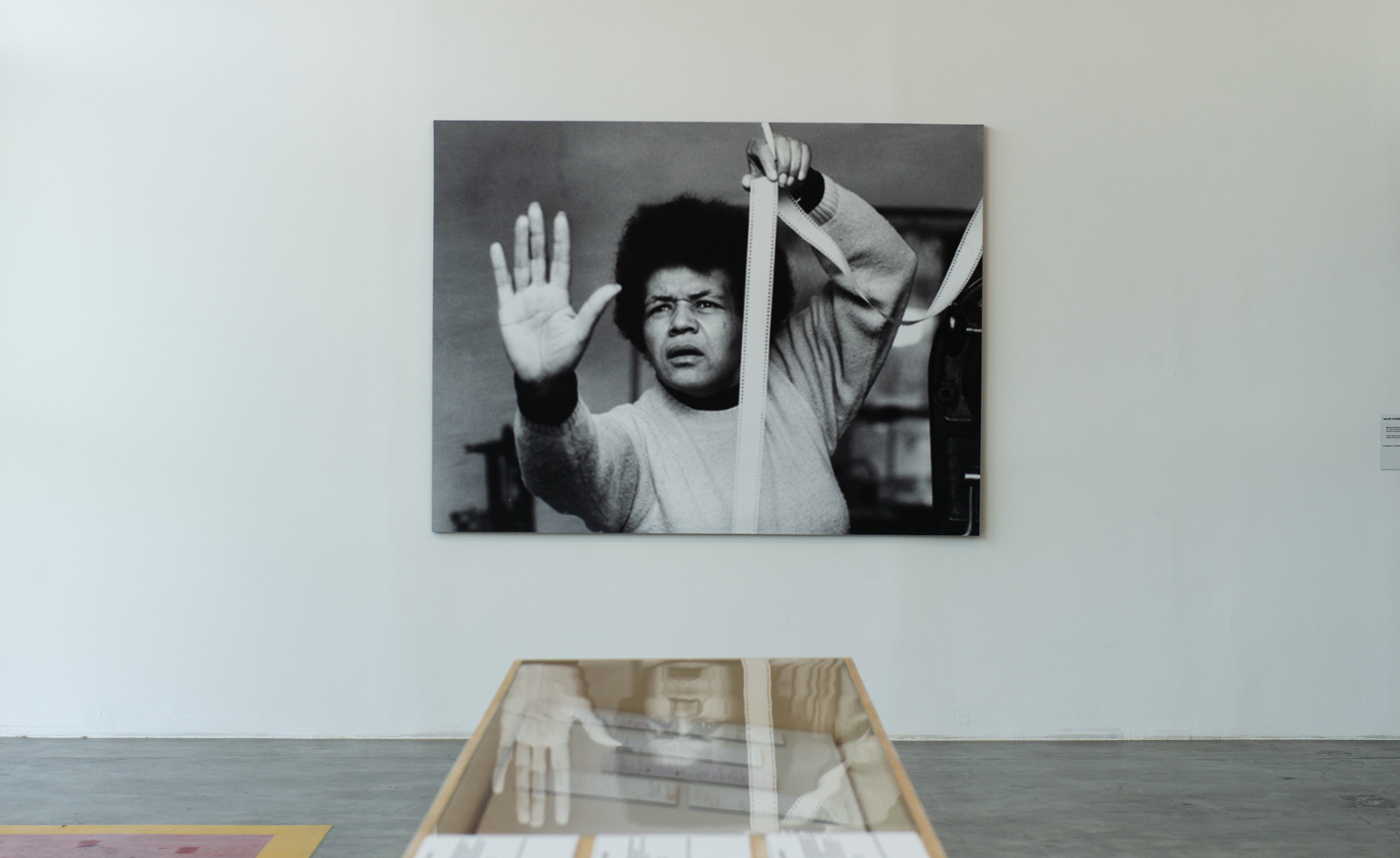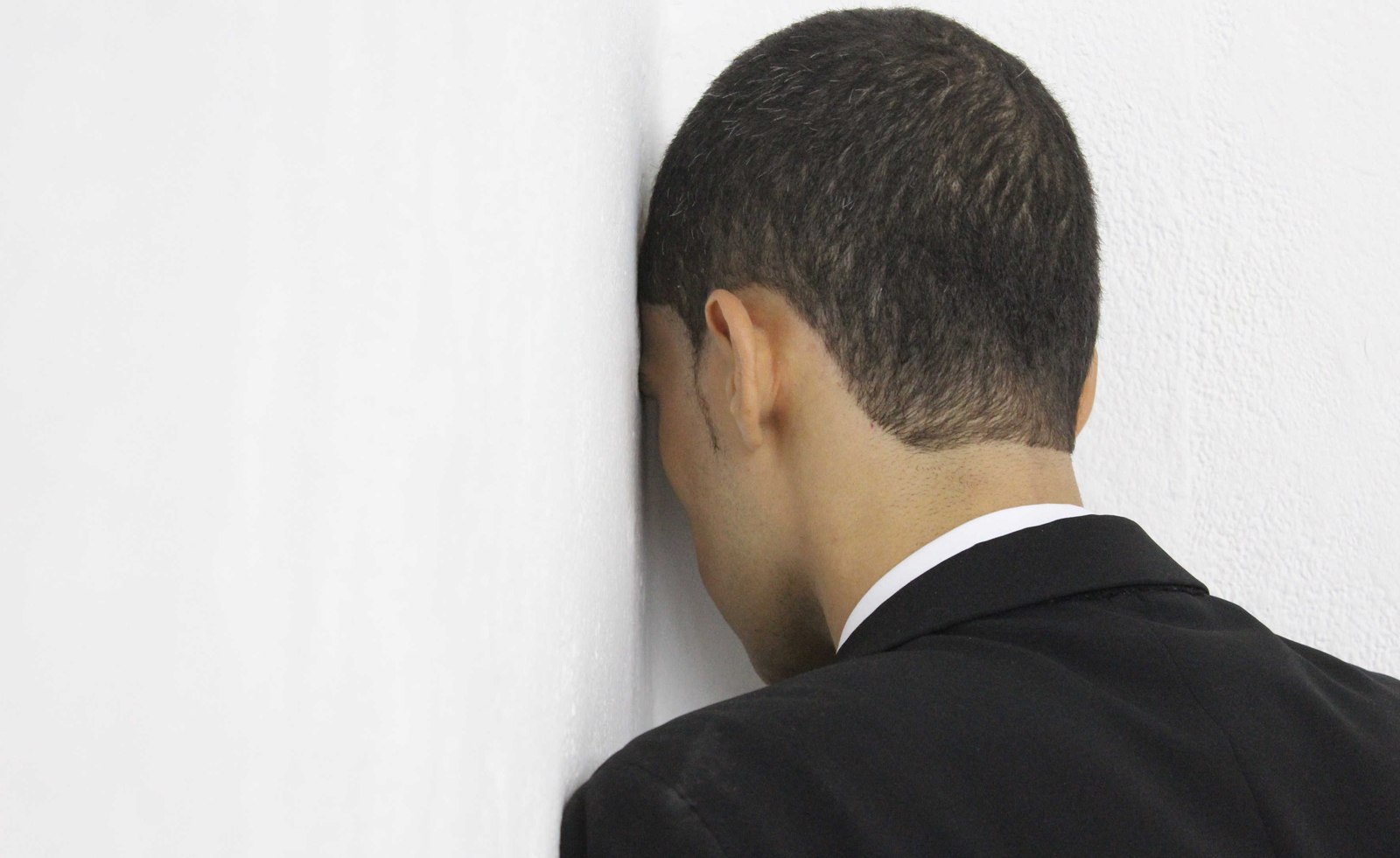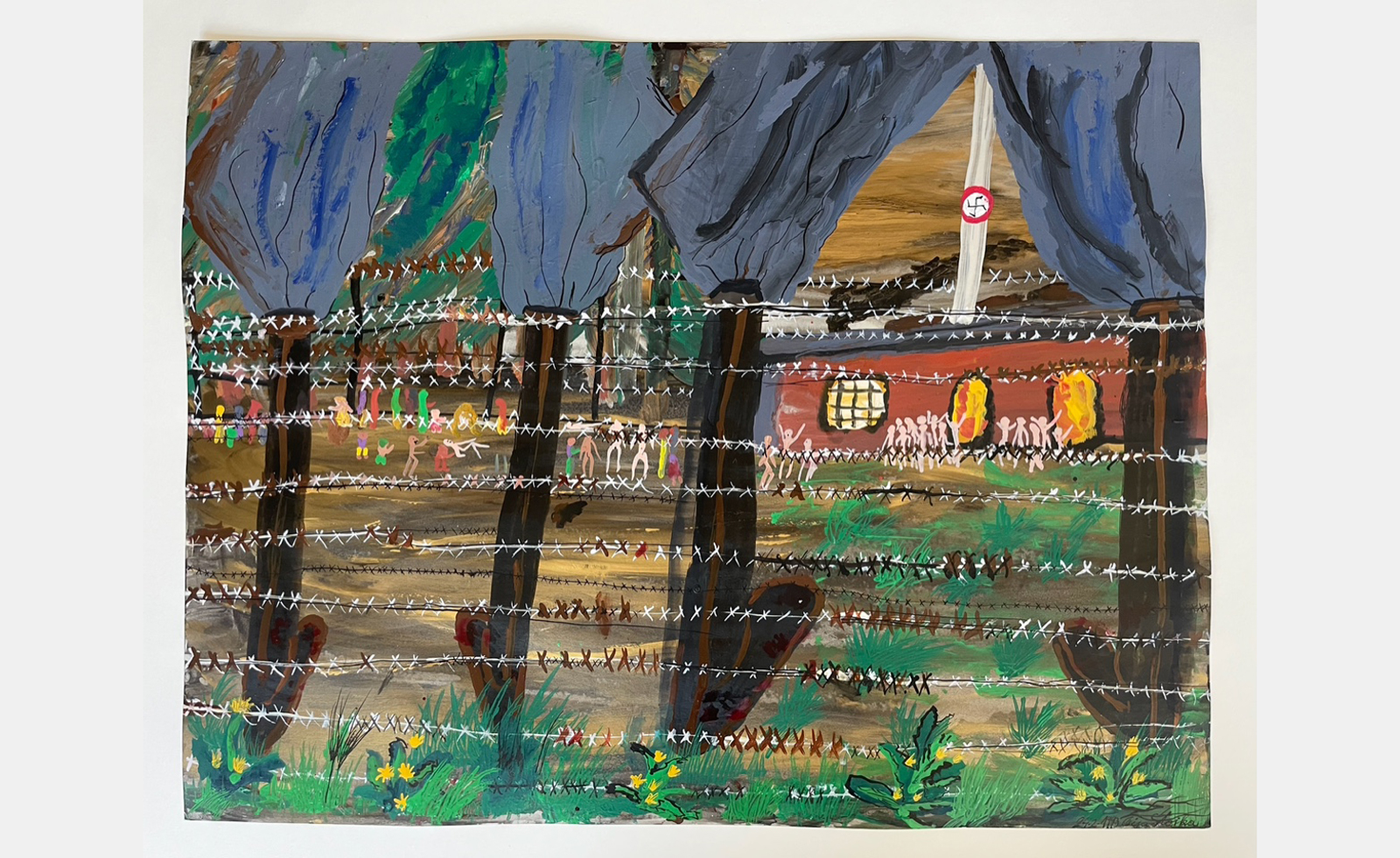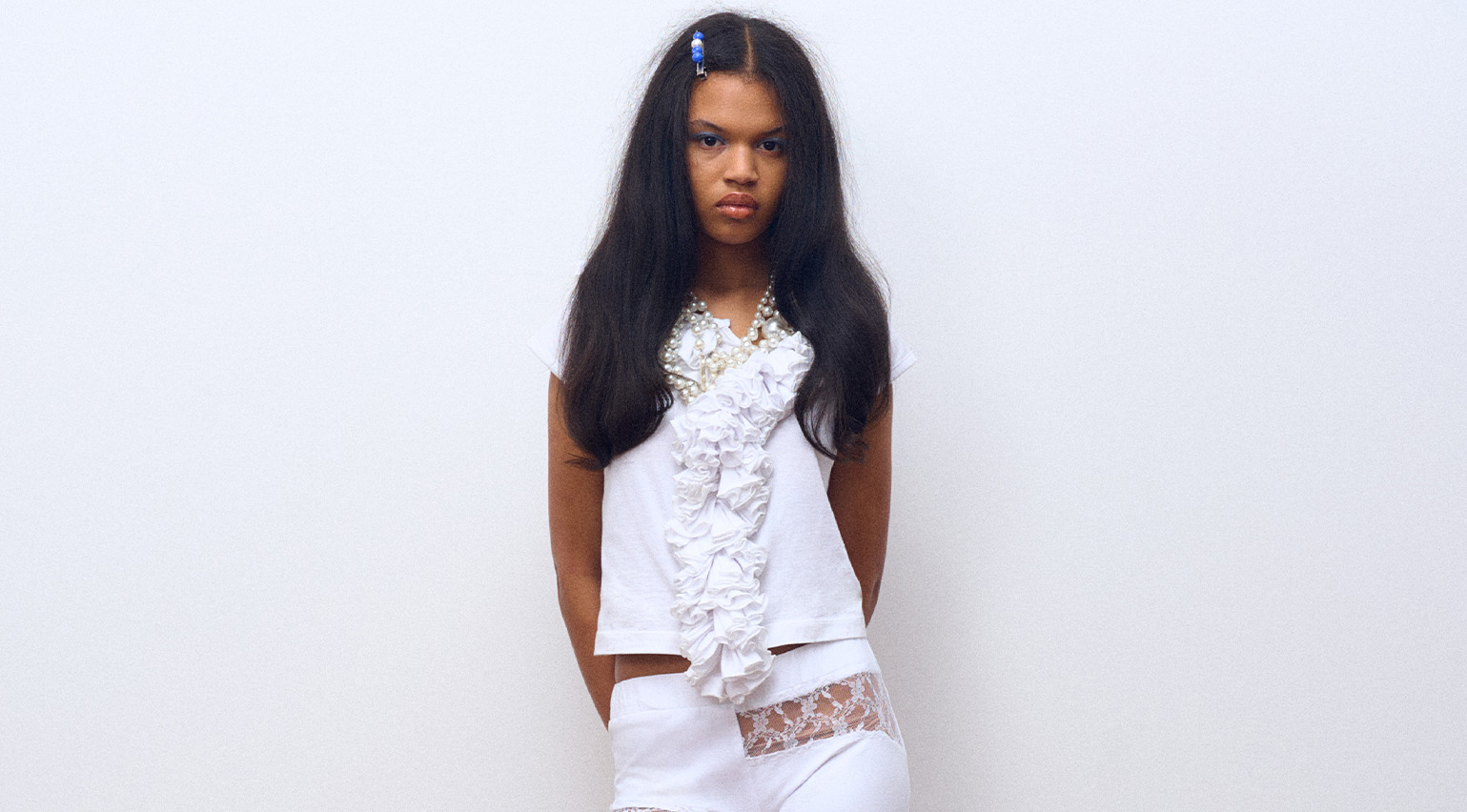São Paulo Biennial 2023: activism, repressed cultures and South America’s art history under the lens
The 35th São Paulo Biennial considers ‘Choreographies of the Impossible’ as the theme. Amah-Rose Abrams reports on what to see

The four curators of the São Paulo Biennial 2023, the 35th edition, chose the theme ‘Choreographies of the Impossible’ in order to allow themselves the freedom to create something truly radical. Ex-Reina Sofía director Manuel Borja-Villel, artist Grada Kilomba, independent curator Diane Lima, and anthropologist Hélio Menezes set themselves an enormous task; in today’s world, what is possible and for whom is complex – but the biennial’s theme offers up a level playing field for ideas of change. The free-of-charge, public-facing exhibition is installed in the long, post-industrial Ciccillo Matarazzo pavilion, lined by windows on both sides and set in the Parque do Ibirapuera, which acts as a backdrop for the works of the 120 participating artists on view.
‘We inhabit many different bodies, marked by geography, marked by colour, marked by age, marked by gender so that what is considered impossible for me can be completely different from other people,’ Menezes explained. ‘So, figuring out how to bring all that together here in the biennial was one of our goals, organising it by addressing how to put artistic and political expressions together that deal with impossibilities in their places, impossible territories, impossible bodies and impossible contexts.’

Espaços institucionais: cantos [Institutional Spaces: Corners], 2018 performance recorded at A Gentil Carioca gallery, Rio de Janeiro

São Paulo Biennial venue, courtesy São Paulo Biennial
Taking activism, repressed cultures and peoples, the art history of South America and how we look at them, the biennial questions and repositions how we view the world. The result is a present, clear and non-judgmental exhibition that speaks both to the local context in Brazil and the international landscape. Reference points include the work of Caribbean philosopher Edouard Glissant and a post-national, diasporic standpoint – one that unites rather than divides. There is an example of every artistic medium.
In the aftermath of a right-wing populist leader, Jair Bolsonaro, who among other things, led the country through an incredibly traumatic pandemic, people were ready for change. There was huge excitement and anticipation at the opening of the show (on 6 September), the first majority Black-curated show since the biennial’s inception some 72 years ago. All four curators have an activism to their practice and a sense of purpose in terms of art that challenges and looks for answers.

Ayrson Heráclito e Tiganá Santana, Floresta de infinitos 2023

Amos Gitai, House, installation view. Théâtre national de la Colline, Paris, 2023.
‘We acted with affection,’ Borja-Villel said of working in the face of online cultural interference. ‘I think the works here have a position, an obligation and a possibility of changing things.’
Artist Ibrahim Mahama’s work opens the biennial, greeting us at the entrance with an installation of smashed pots, a railway line to nowhere and a recreation of the hall at Red Clay, his institution in Tamale, in northern Ghana. The work evokes a post-colonial landscape, unfinished but pregnant with expectation of the inevitable next steps.
Following this is another monumental work Killing us Softly… with their SPAMS… (Songs, Prayers, Alphabets, Myths, Superheroes…), 2023, by Kidlat Tahimik, who tackles the influence of Western stories on other cultures, using large-scale wood and woven sculpture, calling for ancient myths and legends to rise up and reclaim the cultural space taken by Hollywood stars and superhero movies.
Receive our daily digest of inspiration, escapism and design stories from around the world direct to your inbox.

Trint T. Minh-Ha

Ceija Stojka, Untitled, 1993. Acrylic on cardboard. 50 x 65 cm. Collection: Patricia Meier Rogan & Marcus Meier
‘We wanted to work with things, we wanted to go beyond the things we didn't want,’ Kilomba said of the four-way curatorial process. ‘We know as artists from the diaspora, as all our practices become reduced to topics, to themes and to definitions, there's a lack of being able to see the complexity of the work that we are doing. We wanted to look at the impossible and make it open to the complexity of the artistic practices, to the colours, to the genres, to the storytelling, to the materials, and beyond. “
There is an emotive installation of several films dedicated to the dancer, choreographer and artist Luiz de Abreu, who has lost his sight and now creates works with other dancers. In the showcasing of historic works alongside more recent ones dealing with the realities of racism in Brazil, we are educated about his practice in a way that recurs throughout the show, culminating in a series of exhibitions on the top floor of the pavilion exploring archives and bodies of work – mini surveys of filmmaker Sarah Maldoror, Sonia Gomes, Wifredo Lam, Leopoldo Méndez, Elda Cerrato and 16th century artist Malinche.

Thuë pihi kuuwi – Uma mulher pensando [A Woman Thinking], 2023. Directed by: Aida Harika Yanomami, Edmar Tokorino Yanomami and Roseane Yariana. Yanomami. Video, colour, sound, 9'
The works leading up to the catharsis of the top-level challenge question and give a platform to unrepresented ways of life – subjects include lesbian strip clubs in São Paulo, the Archive of Trans Memory (dedicated to building and protecting the memories of the Trans community in Argentina), and a re-remembering of traditional practices and stories from across the Black diaspora.
There is a new representation of Indigenous communities from Brazil around the world, including the moving tribute to lost defenders of the Amazon Rainforest Floresta de infinitos, 2023, placed alongside works by Ahlam Shibib, Amos Gitaï and Kamal Aljafari looking at Israel and Palestine and a stunning, large-scale living work Non-Negotiable Condition, 2021, by Daniel Lie. Citra Sasmita’s exploration of misconceptions of Balinese culture through narratives painted onto large banners, Timur Merah Project IX: Beyond the Realm, 2023, is a standout work.
‘Choreographies of the Impossible’ set itself a difficult task, to give a level playing field to all ideas in an art world that can be obsessed with faddism and categorisation of the human condition, struggle and conflict – and it succeeded. The relief in the room at the opening was palpable, the smiles were huge, and the art was fantastic.
‘The idea of what lies ahead, the idea of the future is a little bit less distant right now,’ said Lima on opening day.
The 35th São Paulo Biennial runs until 10 December 2023.
Amah-Rose Abrams is a British writer, editor and broadcaster covering arts and culture based in London. In her decade plus career she has covered and broken arts stories all over the world and has interviewed artists including Marina Abramovic, Nan Goldin, Ai Weiwei, Lubaina Himid and Herzog & de Meuron. She has also worked in content strategy and production.
-
 Gorden Wagener leaves the helm of Mercedes-Benz design after 28 years with the company
Gorden Wagener leaves the helm of Mercedes-Benz design after 28 years with the companyThe German designer is stepping down from the role of chief design officer at Mercedes-Benz. We look back at his influence and impact on the world of automotive and luxury design
-
 These Christmas cards sent by 20th-century architects tell their own stories
These Christmas cards sent by 20th-century architects tell their own storiesHandcrafted holiday greetings reveal the personal side of architecture and design legends such as Charles and Ray Eames, Frank Lloyd Wright and Ludwig Mies van der Rohe
-
 Lucila Safdie’s ‘feminine and surreal’ womenswear is inspired by teenage bedrooms and internet lore
Lucila Safdie’s ‘feminine and surreal’ womenswear is inspired by teenage bedrooms and internet loreThe latest in our Uprising series, the Central Saint Martins graduate is honing a pastel-shaded vision rooted in depictions of girlhood in film and literature